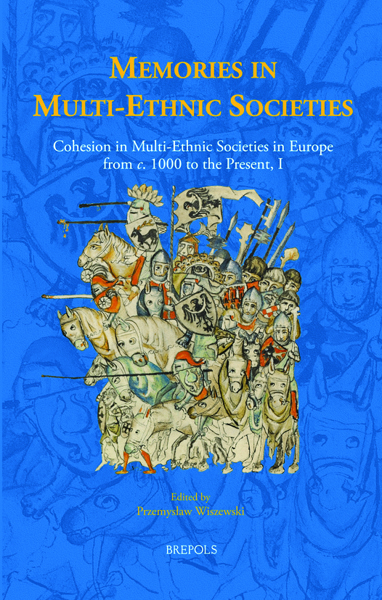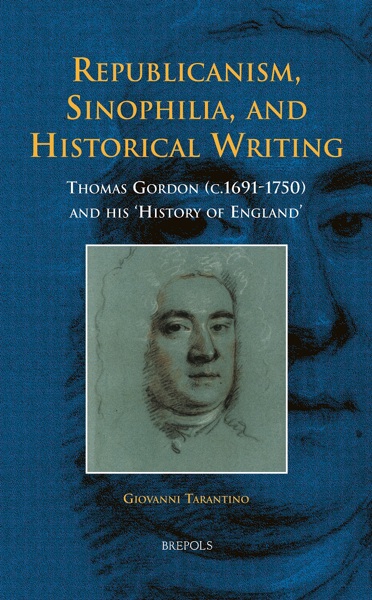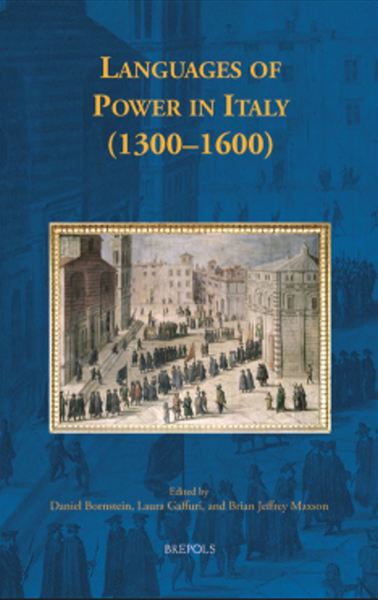
Facts, Fictions, and Faith in English Popular Print, 1660–1800
Jennifer Mori
- Pages: 395 p.
- Size:156 x 234 mm
- Language(s):English
- Publication Year:2026
- € 105,00 EXCL. VAT RETAIL PRICE
- ISBN: 978-2-503-61825-8
- Hardback
- Forthcoming (Jan/26)
- ISBN: 978-2-503-61826-5
- E-book
- Forthcoming
*How to pre-order?
Surveys the explosion of popular books and reading in the age of Enlightenment in England, and the impact of this new media on culture and society.
Jennifer Mori is a Professor of Early Modern British History at the University of Toronto. Her research interests cover the period from 1600 to 1800. They range from English political culture and the New Diplomatic History to the history of science, publishing history, popular culture and music history.
What did nature mean to ordinary English readers in an age of Enlightenment? What did they read to connect with its meanings and messages? This book surveys the explosion in household advice, religious, self-help, and leisure reading that accompanied urban growth, improving literacy, and a rapidly growing press. It charts the interrelated fortunes of London authors, printers, booksellers, and readers in a revisionist history of cheap print from the Restoration to the French Revolutionary Wars. This is an account of pamphlets and short books that, according to book trade metrics, constituted most of what lower-to-middle class Britons were buying in 1700. Many of these titles were also owned by the rich.
Today’s distinctions between the natural, preternatural, and supernatural began to emerge throughout Western Europe at this time. This helped create an intellectual divide between cheap and expensive publications that would have a lasting impact upon Western culture. This book focuses on popular participation in — and responses to — that process by reconstructing the production and reception of bestselling print. Publishers are more important to this story than authors because they tinkered with contents and meanings over time. Their wares consequently illustrate changing mainstream beliefs about fact, experience, causation, logic, and authority. By the later eighteenth century, what was produced for a general audience said important things about how English people perceived their identities, communities, and histories.
Introduction. Readers and Texts
Part I. Chapbooks’ Golden Age, 1660-1710
The Books and Their Publishers
Chapter 1. Godly Living and Strange News
Chapter 2. Useful Arts
Chapter 3. Romances and Novels
Part 2. Books and Congers, 1710-1760
The Last of the Ballad Partners
Chapter 4. Evangelical Publishing
Chapter 5. Notable Things of Utility and Leisure
Chapter 6. Urban Legends
Part 3. From the Numbers Trade to the Sixpenny Pamphlet, 1760-1800
New Blood
Chapter 7. Laity and Agency
Chapter 8. Cookery and Pests
Chapter 9. Megatexts and Paratexts
Conclusion. Printers, Books and Readers in an Age of Revolution
Bibliography
Manuscripts
Primary Sources
Secondary Sources
Index




